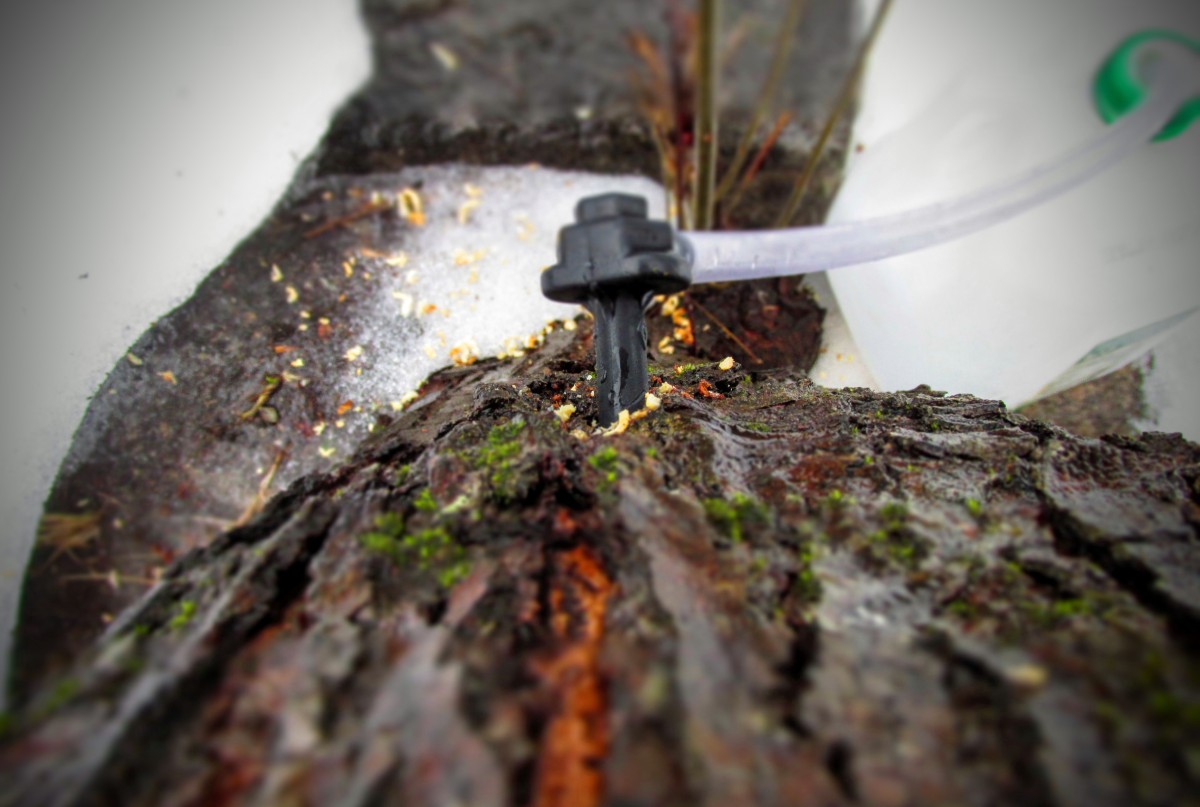We all love the sweet taste of maple syrup, and what better way to enjoy it than by making your own? But first, you need to identify which trees on your land are suitable for tapping. While it may seem challenging without the telltale maple leaves of summer, fear not! With a little knowledge about their bark and branching patterns, you can easily identify maple trees even in winter.
1. Identify Maples by the Branches: Opposite Branching and Paired Buds
One distinguishing feature of maples is their unique branching pattern. Unlike many other deciduous trees, maples have opposite branches, meaning that branches come out at the same point on the parent branch on opposite sides. Look for buds that grow in pairs along the branches. While not every branch may have an opposite branch pair, this characteristic is a good indicator of a maple tree.
2. Identify Maples by Bark and Rule Out Other Opposite Branching Trees
Apart from the branching pattern, the bark of the tree is another important clue. Maple trees can have a variety of bark textures, ranging from smooth when the tree is young to shaggy as it ages. Familiarize yourself with different types of maple bark on your land to better identify them.
It’s worth noting that some confusion may arise between maple and oak bark. However, oak trees have alternate branching, not opposite. By understanding the branching pattern, you can easily distinguish between the two.
Now, let’s rule out other opposite branching trees like Ash and Dogwood. Ash trees have diamond-patterned bark, making them distinct from maples. On the other hand, Dogwood trees have blocky bark that resembles alligator skin.
In summary, to identify a maple tree in winter:
- Look for opposite branching and paired buds.
- Examine the bark to rule out Ash and Dogwood trees.
Now that you know how to identify maple trees, it’s time to put your knowledge into practice. Grab your snowshoes and start exploring your land. Before you know it, the sap will be flowing, and you’ll be well on your way to making your own delicious maple syrup.
Tips Tree Planting can provide you with even more valuable information and step-by-step guidance on making maple syrup without breaking the bank. Don’t miss out on the opportunity to join the club of home syrup-makers. Happy sugaring!


